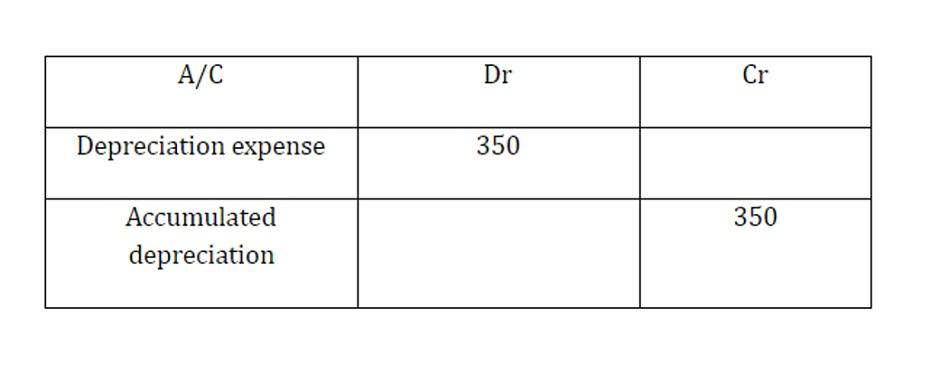
In finance, equity is typically expressed as a market value, which may be materially higher or lower than the book value. Equity can be found on a company’s balance sheet and is one of the most common pieces of data employed by analysts to assess a company’s financial health. A company’s equity position can be found on its balance total equity formula sheet, where there is an entry line for total equity on the right side of the table. Say that you have a choice to invest in a company and want to check out its return on equity before making a decision. You look at the company’s balance sheet and figure out that the return on equity is 12% and has stayed at 12% for several years.
He currently researches and teaches economic sociology and the social studies of finance at the Hebrew University in Jerusalem. But debt is also the riskiest source of funding for businesses because the latter must honor the agreement with creditors to pay interest on a regular basis regardless of the state of the economy. We can use this information to guide our own individual investment decisions while keeping in mind various debt and equity products. Although a lot of investment choices are based on the amount of risk we are willing to face, we cannot ignore all the important factors mentioned above.
Positive vs. negative shareholders’ equity
The value of a company’s assets is the sum of each current and non-current asset on the balance sheet. The main asset accounts include cash, accounts receivable, inventory, prepaid expenses, fixed assets, property plant and equipment (PP&E), goodwill, intellectual property, and intangible assets. In the case of acquisition, it is the value of company sales minus any liabilities owed by the company not transferred with the sale. Ratios such as return on equity, or ROE (the company’s net income divided by shareholder equity), can be used to measure how well the management team for a company uses equity from investors to generate a profit. ROE can tell investors how capable current executives are at taking investment cash and turning it into more money.
Debt is a liability, whether it is a long-term loan or a bill that is due to be paid. Both equity value and enterprise value are used to value companies, with the exception of a few industries such as banking and insurance, where only equity value is used. An important thing to understand is when to use equity value and when to use enterprise value. As for the “Treasury Stock” line item, the roll-forward calculation consists of one single outflow – the repurchases made in the current period.
How to Calculate Equity?
Net income over the last full fiscal year, or trailing 12 months, is found on the income statement—a sum of financial activity over that period. Shareholders’ equity comes from the balance sheet—a running balance of a company’s entire history of changes in assets and liabilities. ROE is expressed as a percentage and can be calculated for any company if net income and equity are both positive numbers. Net income is calculated https://www.bookstime.com/ before dividends paid to common shareholders and after dividends to preferred shareholders and interest to lenders. Treasury shares continue to count as issued shares, but they are not considered to be outstanding and are thus not included in dividends or the calculation of earnings per share (EPS). Treasury shares can always be reissued back to stockholders for purchase when companies need to raise more capital.

Because there are two or more accounts affected by every transaction carried out by a company, the accounting system is referred to as double-entry accounting. This number is the sum of total earnings that were not paid to shareholders as dividends. It can be defined as the total number of dollars that a company would have left if it liquidated all of its assets and paid off all of its liabilities. The accounting equation is also called the basic accounting equation or the balance sheet equation. The most common use of equity value is to calculate the Price Earnings Ratio.
